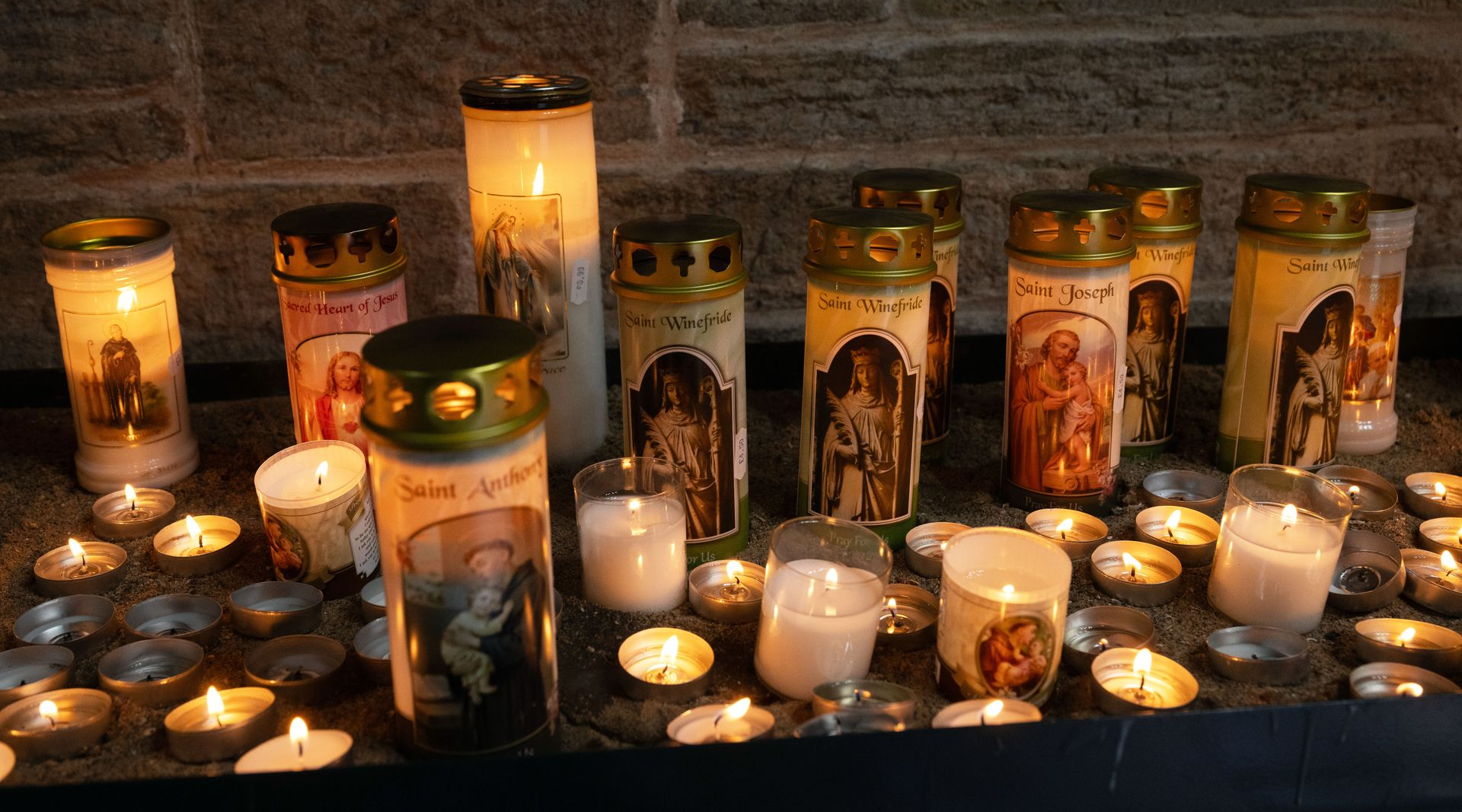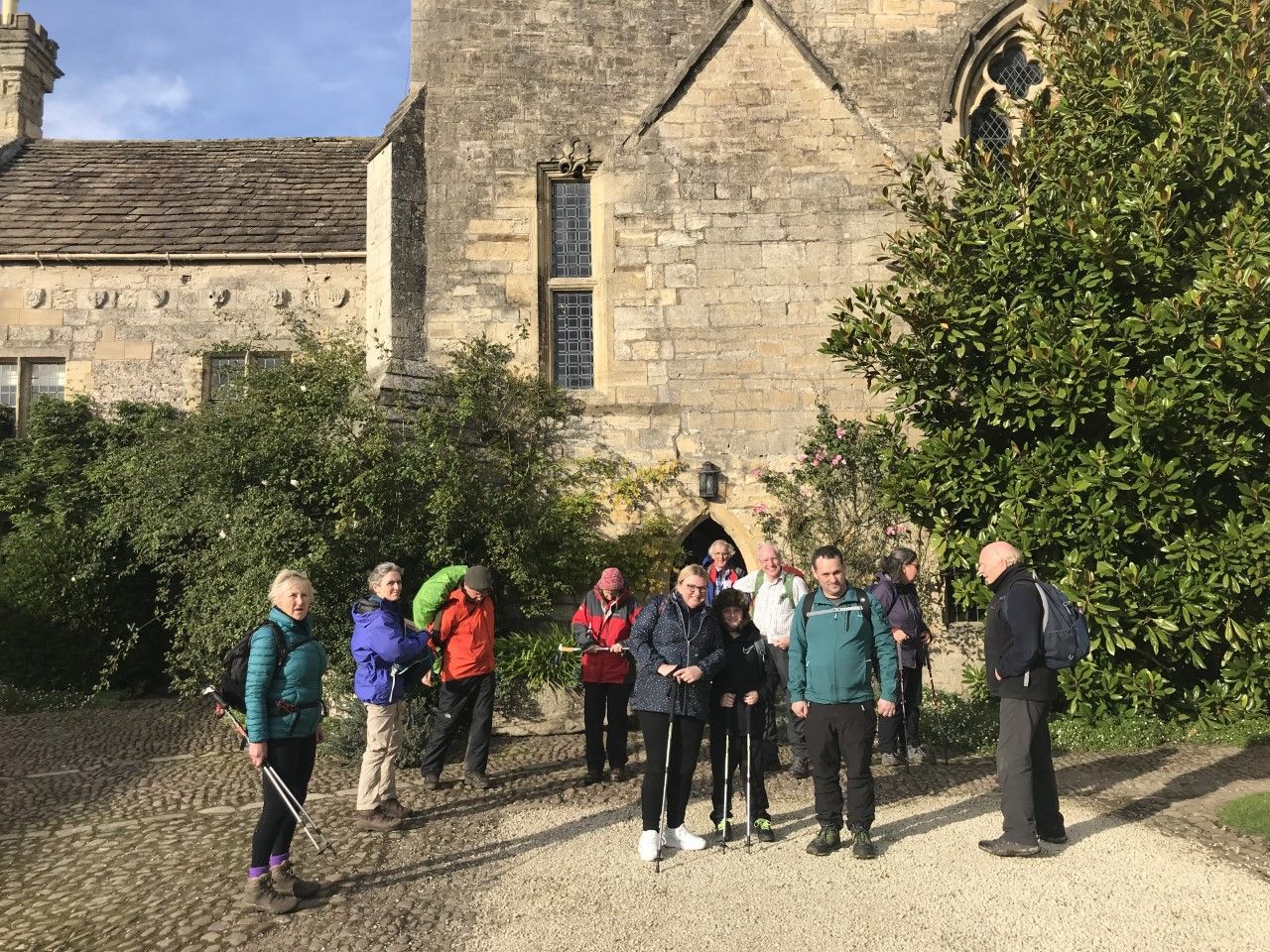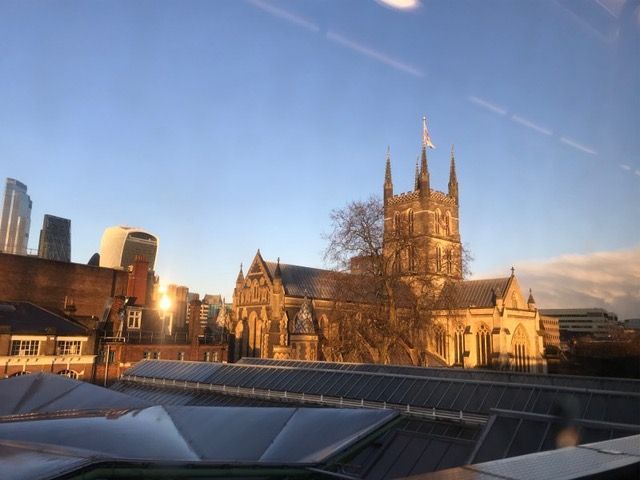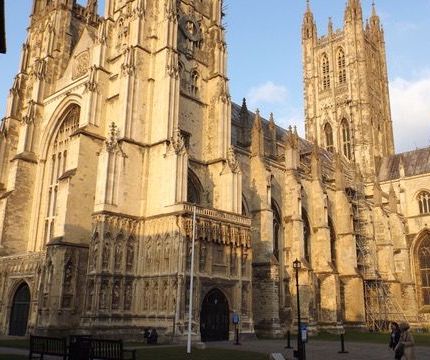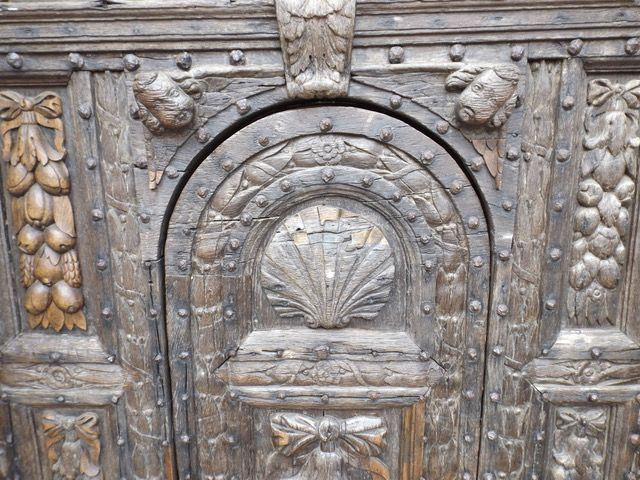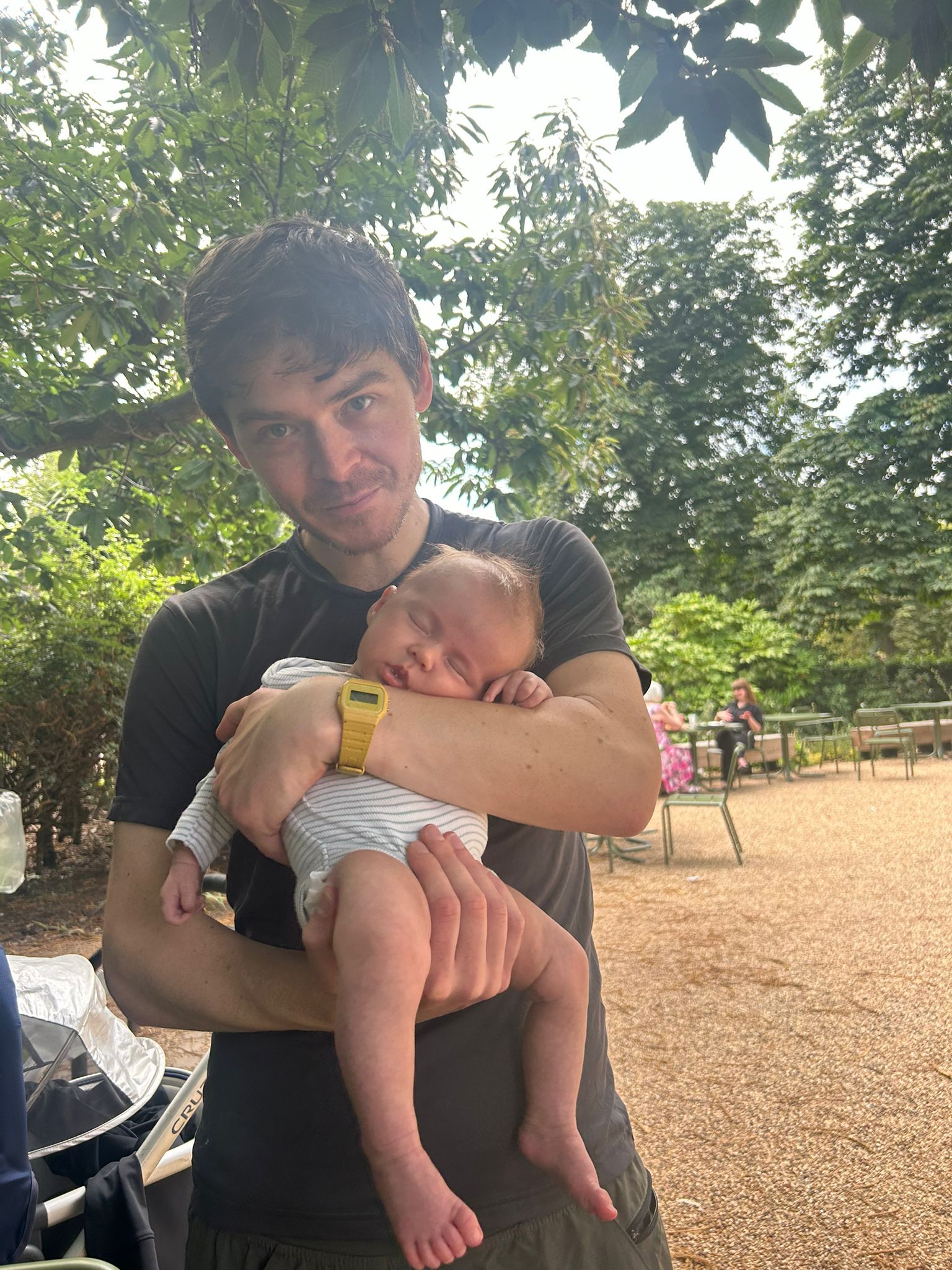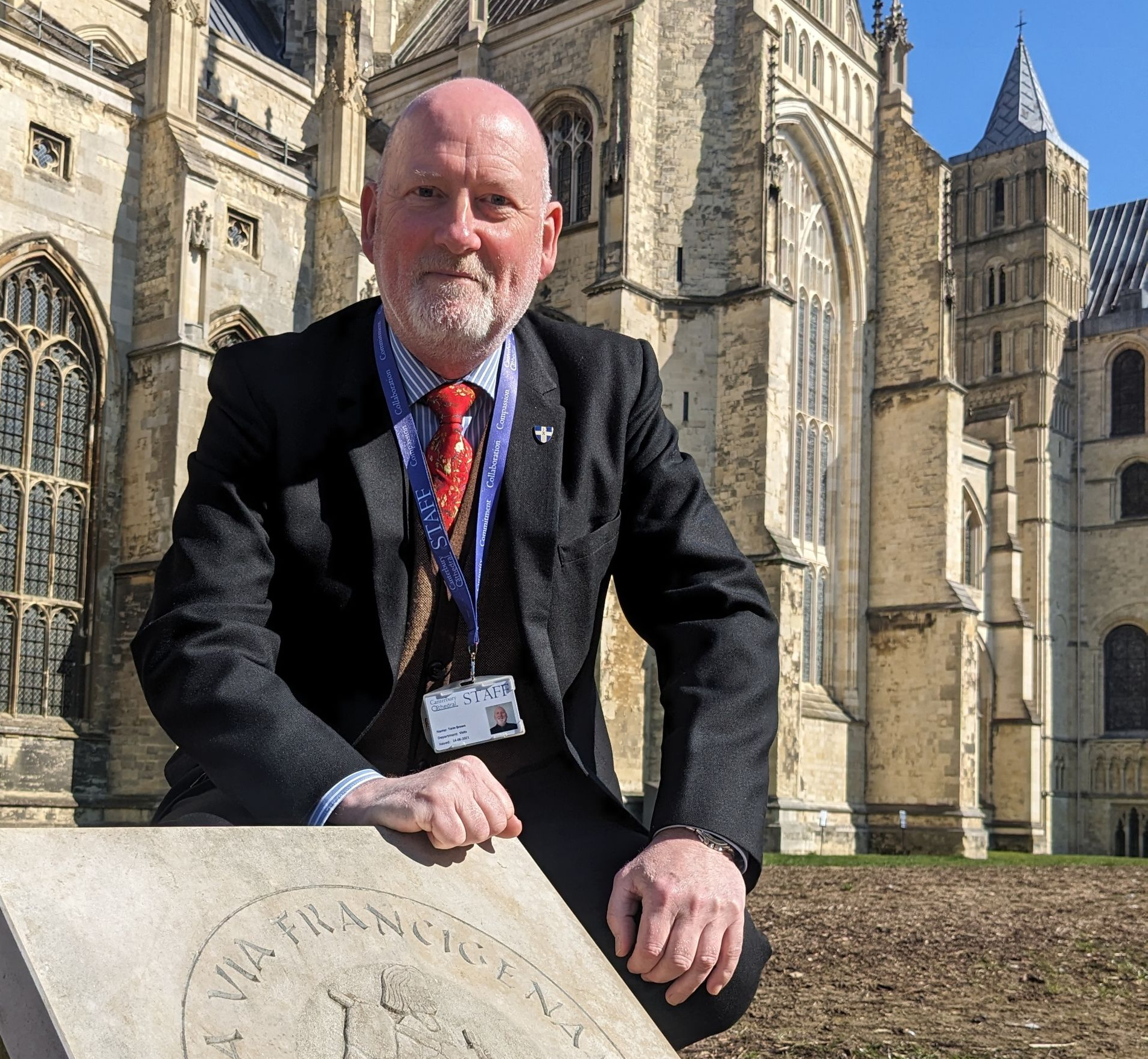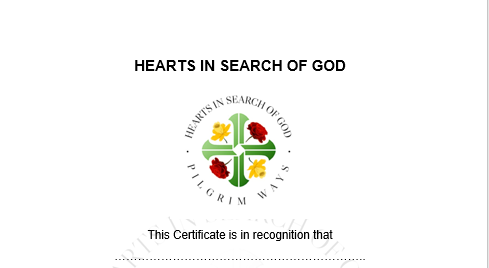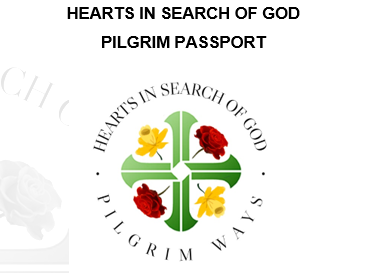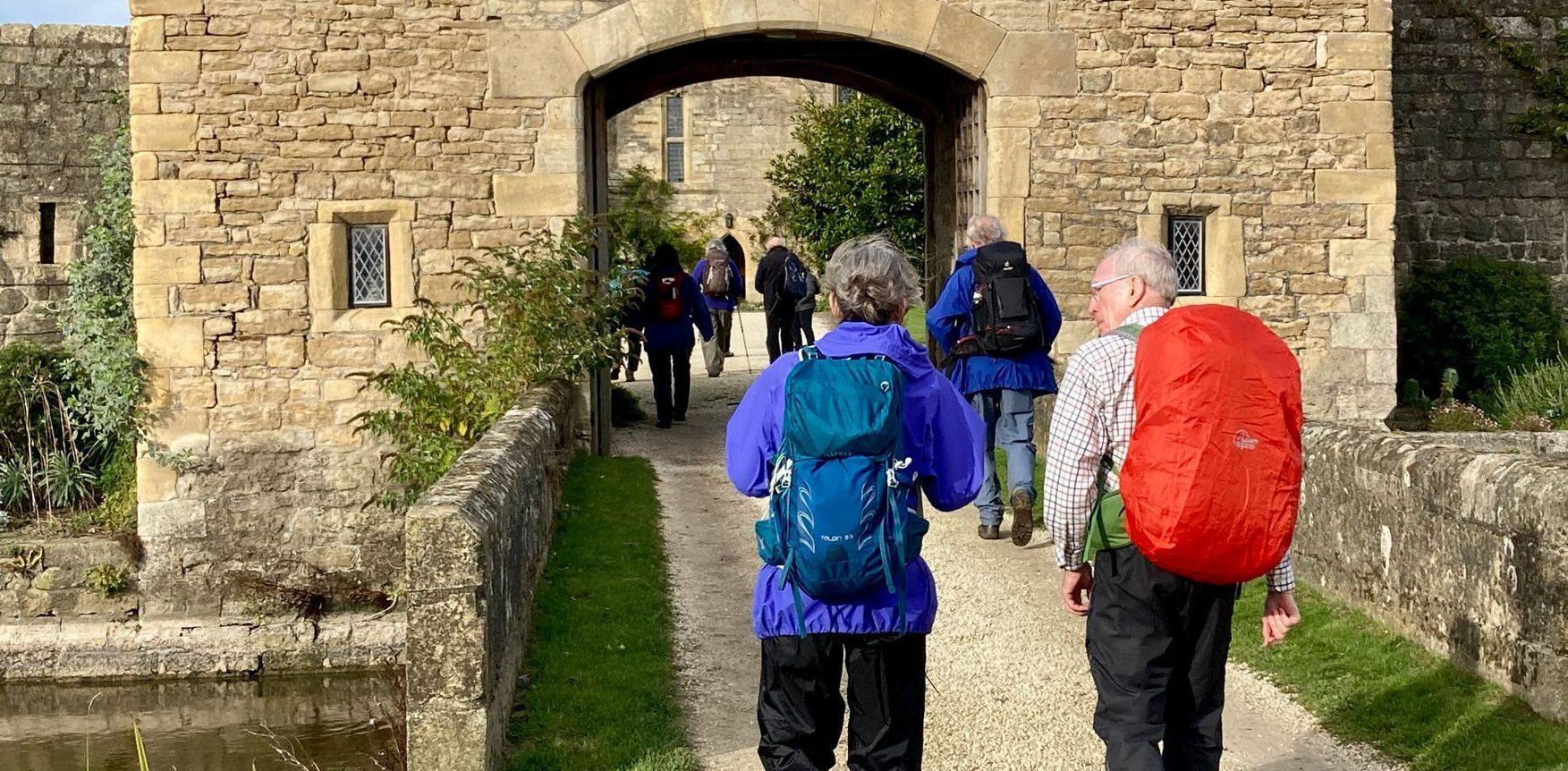The Pilgrims’ Way: Winchester & Southwark to Canterbury
The Pilgrims' Way from Winchester to Canterbury existed long before the murder of St Thomas Becket in 1170. The route may have well have reached west to Cornwall and predate Christ's birth.
Immediately after the murder in 1170, and even more after 1220 when the Becket shrine in Canterbury Cathedral was completed, there was a steady stream of pilgrims over centuries until Henry VIII banned pilgrimage. Hilaire Belloc, among those who re-awakened the route in the 19th century, claimed that although the road is older than Becket 'the pilgrimage saved the road'.
At lunchtime on the first day out of Winchester you will probably have reached Ovington where pilgrims are greeted at the The Bush inn by a portrait of Geoffrey Chaucer. The poet never visited the village and there is no record of him ever being in Winchester although he did go to Southampton. The Pilgrims' Way of Geoffrey Chaucer's The Canterbury Tales does not start with St Swithun in Winchester but in Southwark on the south end of London Bridge. Chaucer's book is fiction but the route, also older than Becket and known to the Romans, is an authentic pilgrim route. It has probably been more used over the centuries by pilgrims than the Winchester-Canterbury way.
This route out of London is once more being recognised as part of the Santiago Camino and the Via Francigena - to walk to Santiago de Compostela and Rome most people had to start in London and today an increasing number wish to do so again even if they might be walking in stages over several years during annual holidays.
The Pilgrims’ Way routes from Winchester and Southwark in the Pilgrims’ Way guidebook are as faithful to the traditional way as possible without forcing the walker to spend days on unhealthy main roads. Hence the diversion off the old Roman road after Shooters Hill to go via Lesnes Abbey on a wooded hillside. Is this cheating? Many pilgrims would have stopped off at the abbey for bed and breakfast. Indeed we know in 1300 Edward I visited on his way to Canterbury as did the Bishop of Worcester who stayed the night in 1313. Chaucer's fictional pilgrims do not visit but Chaucer did in 1387, as he was beginning to write his work, and he was accompanied by The Tabard Inn landlord, the only real character featured in the book.
It is important to remember that the line of the Pilgrims' Way has changed over years and often shifted seasonally. The pilgrims from London have the delight of walking up the Darent Valley where historian Arthur Mee described the view from Eynsford Hill as 'a straight mile probably unique on the map of rural England, beginning with the site of a Roman house, passing a Norman castle, and ending at the site of a Saxon settlement; then if we lengthen our mile a little, heading on to a Tudor gateway in Lullingstone Park'.
At Lullingstone pilgrims may pass under that gateway to visit the 'church on the lawn' which lies in the parish where the quarrel between Becket and Henry II was first sparked over a disputed appointment. Soon there are lavender fields in countryside called the 'veil heaven' by artist Samuel Palmer who saw Psalm 65 in the 'folds full of sheep' and 'valleys...thick with corn' as he roamed in the 1820s wondering if pre-Reformation pilgrims had seen the same trees.
The valley's climax is Otford where the London and Winchester routes join. Here pilgrims pass down the side of St Bartholomew's church on a path to Kemsing where St Edith's Well is decorated with flowers on her September feast day. Kemsing's 13th-century church door has many indentations said to have been made by pilgrim staves.
Was it a miracle that in 2016 as the guidebook was being written the lost ferries on the River Medway were replaced by a new bridge built on time? This allowed the continuation to Aylesford Priory, the vineyard of lost Boxley Priory, Charing and Chilham to reach Harbledown where Henry II stepped down from his horse to walk on foot and St Dunstan's before Canterbury's West Gate where the King removed his shoes.
This year the
Romero Way has linked Southwark's St George's Cathedral to Southwark Cathedral. Relics of St Oscar Romero, a 20th-century Thomas Becket, are found in both St George's Cathedral and Canterbury's Roman Catholic church alongside the cathedral where he is acknowledged in the Corona Chapel. The two Southwark cathedrals invite each other to their special occasions and the congregations have been on Holy Land and Walsingham pilgrimages together. The Romero Way now enables Canterbury-bound pilgrims to begin at the National Romero Shine and still include the start at Southwark Cathedral - which is the Southwark Priory visited by St Thomas Becket weeks before his death.
There are plans for an ecumenical confraternity to support the infrastructure of pilgrim passport and hospitality as the Pilgrims' Way comes alive again as has, within living memory, the Santiago Camino.
Leigh Hatts' guidebook to the Pilgrims' Way is published by Cicerone:
https://www.cicerone.co.uk/authors/leigh-hatts
LINKS
Winchester Cathedral www.winchester-cathedral.org.uk
St George’s Cathedral, Southwark www.stgeorgescathedral.org.uk
Southwark Cathedral
cathedral.southwark.anglican.org
Aylesford Priory
www.thefriars.org.uk
Canterbury Cathedral
www.canterbury-cathedral.org
Romero Way
www.pilgrimways.org.uk/southwark-romero-way
Pilgrims’ Way
www.thepilgrimsway.co.uk
